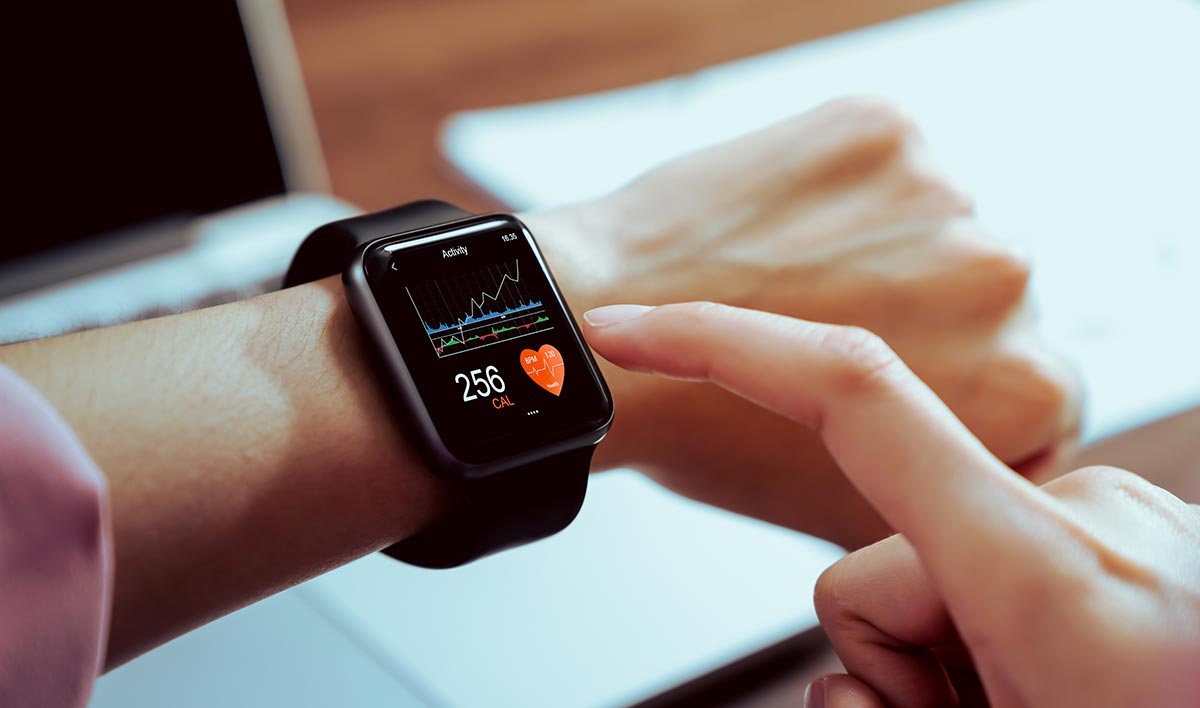In recent years, wearable health technology has become a game-changer in the world of sports, and baseball is no exception. These innovative devices provide real-time data that can enhance player performance, prevent injuries, and optimize training regimens. From smartwatches and fitness trackers to more specialized equipment, wearable health tech is transforming how players, coaches, and medical staff approach the game.
Performance Monitoring and Enhancement
Wearable health tech solutions offer a wealth of data that can be used to monitor and enhance player performance. Devices such as smartwatches and fitness trackers measure key metrics like heart rate, sleep patterns, and physical activity levels. For baseball players, these metrics provide invaluable insights into their overall health and fitness, allowing for more tailored training programs.
One popular device in baseball is the WHOOP strap, which tracks strain, recovery, and sleep. By analyzing this data, players can adjust their routines to ensure they are performing at their best. For instance, if a player’s recovery score is low, they might opt for lighter training sessions or additional rest days to prevent overtraining and reduce the risk of injury.
Another example is the use of GPS-enabled wearables that track a player’s movement on the field. These devices can analyze running speed, distance covered, and acceleration patterns. Coaches use this data to refine positioning strategies and improve a player’s agility and endurance, giving them a competitive edge on the field.
Injury Prevention and Management
Injuries are a significant concern in baseball, where repetitive movements and high-impact actions can lead to chronic issues. Wearable health tech solutions play a crucial role in preventing and managing these injuries.
Pitchers, for example, are particularly susceptible to shoulder and elbow injuries due to the repetitive nature of their throwing motion. Devices like the Motus Throw are designed to monitor the stress placed on a pitcher’s arm. This wearable sensor captures data on arm speed, elbow torque, and shoulder rotation, providing coaches and medical staff with the information needed to adjust a player’s technique or workload to prevent injury.
Similarly, smart insoles and pressure sensors in footwear can help identify irregularities in a player’s gait or running mechanics. By addressing these issues early, trainers can develop corrective exercises to prevent injuries such as plantar fasciitis or stress fractures.
Optimizing Training and Recovery
Wearable health tech also revolutionizes how baseball players approach training and recovery. Recovery is a critical aspect of an athlete’s regimen, and insufficient recovery can lead to decreased performance and increased injury risk.
Sleep tracking devices are essential tools for monitoring recovery. Adequate sleep is vital for muscle repair, cognitive function, and overall health. Devices like the Oura Ring provide detailed insights into sleep quality, including REM sleep, deep sleep, and total sleep duration. By understanding their sleep patterns, players can make necessary adjustments to their routines, ensuring they are well-rested and ready for peak performance.
In addition to sleep, hydration and nutrition play pivotal roles in recovery. Wearable tech like sweat sensors can analyze electrolyte levels and hydration status in real-time. This information helps players maintain optimal hydration, preventing cramps and other hydration-related issues.
Nutrition tracking apps synced with wearable devices offer personalized dietary recommendations based on a player’s energy expenditure and recovery needs. By aligning their diet with their training and recovery data, players can enhance their overall health and performance on the field.
Enhancing Fan Engagement
Beyond the direct benefits to players, wearable health tech also enhances fan engagement in baseball. Devices that collect player data can integrate with apps and platforms, providing fans with real-time statistics and insights. For instance, a fan watching a game can receive live updates on a player’s running speed, heart rate, or the stress on a pitcher’s arm. This level of detail adds a new dimension to the viewing experience, making it more interactive and informative.
Moreover, fantasy baseball leagues benefit from wearable health tech data. Fans can use real-time health and performance metrics to make informed decisions about their fantasy teams. This data-driven approach adds a layer of strategy and excitement to fantasy sports, increasing overall engagement with the game.
The Future of Wearable Health Tech in Baseball
As technology continues to advance, the potential for wearable health tech in baseball is immense. Future developments may include even more precise sensors, advanced AI-driven analytics, and seamless integration with other smart devices. These innovations will further refine how players train, recover, and perform, pushing the boundaries of what is possible in baseball.
Additionally, as the adoption of wearable tech becomes more widespread, there will likely be increased collaboration between tech developers, sports scientists, and medical professionals. This collaboration will lead to the creation of more specialized and effective wearable solutions tailored specifically to the needs of baseball players.
Wearable health tech solutions are revolutionizing baseball by providing detailed insights into player performance, injury prevention, training optimization, and fan engagement. As these technologies continue to evolve, they will undoubtedly play an even more significant role in shaping the future of the sport. Players, coaches, and fans alike can look forward to a new era of data-driven baseball, where technology and athleticism combine to achieve unprecedented levels of excellence.
